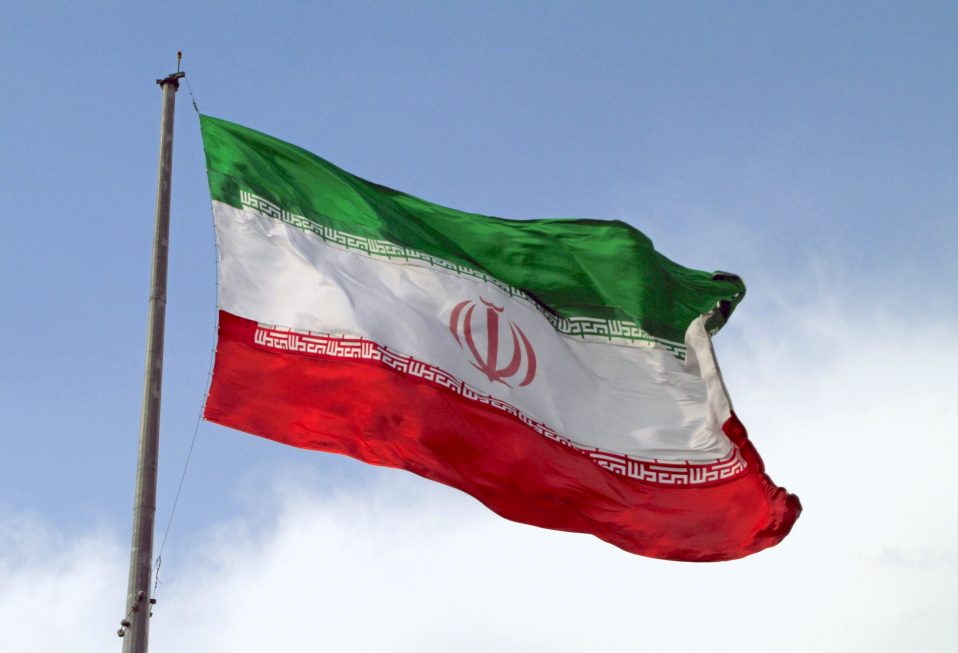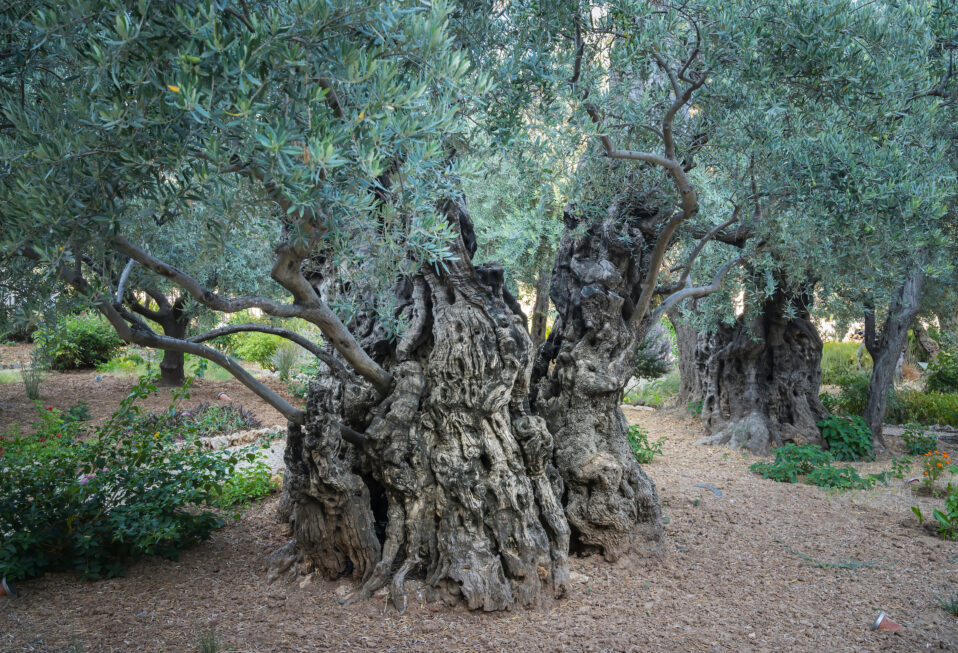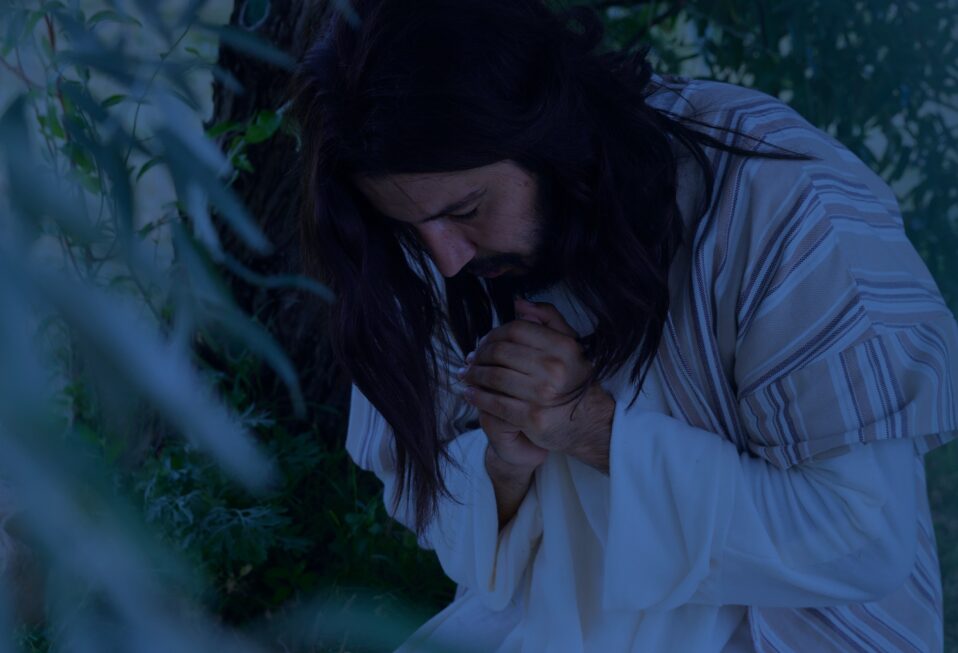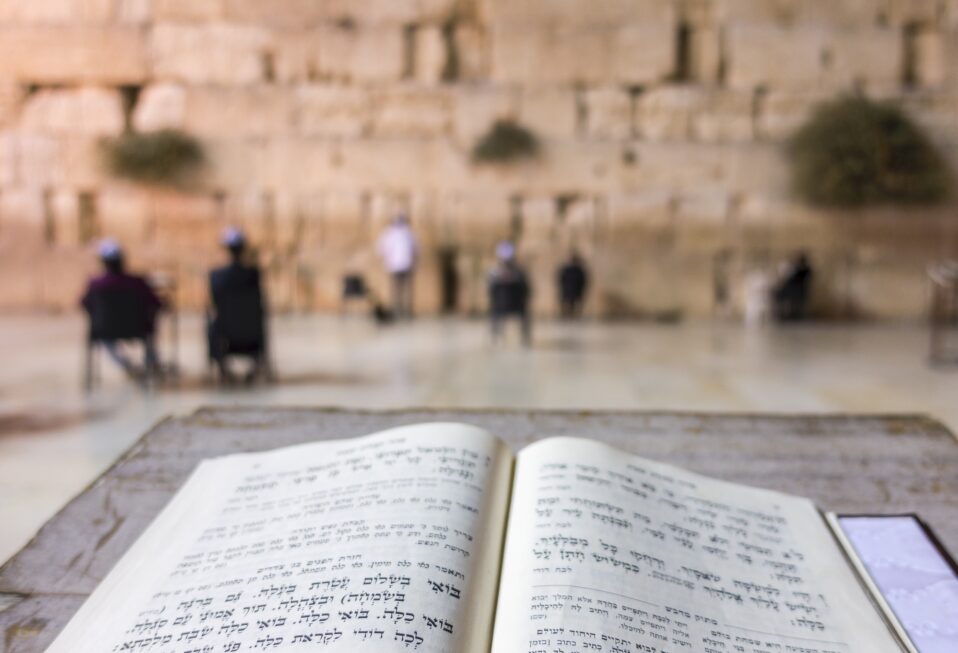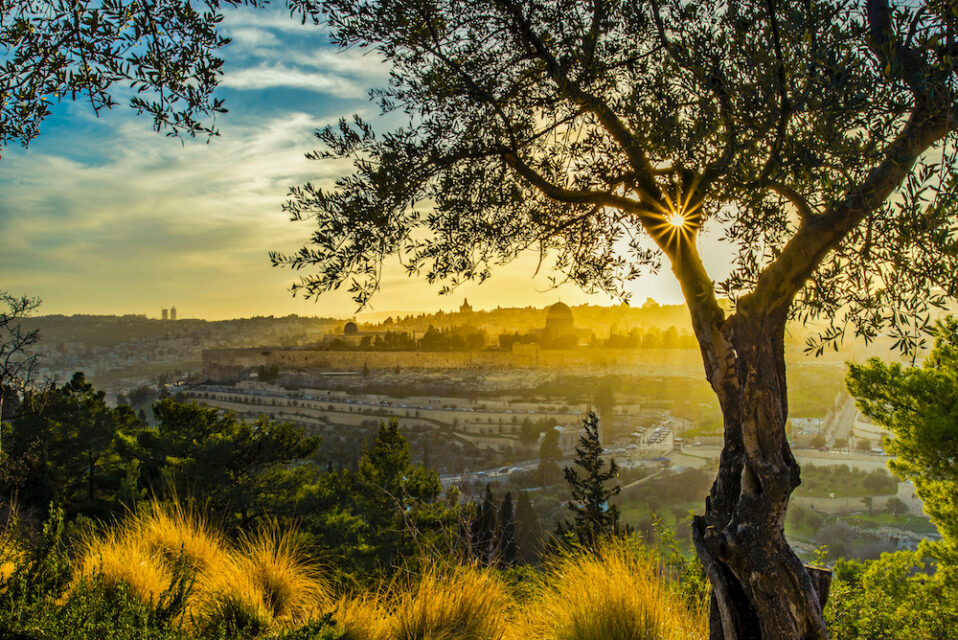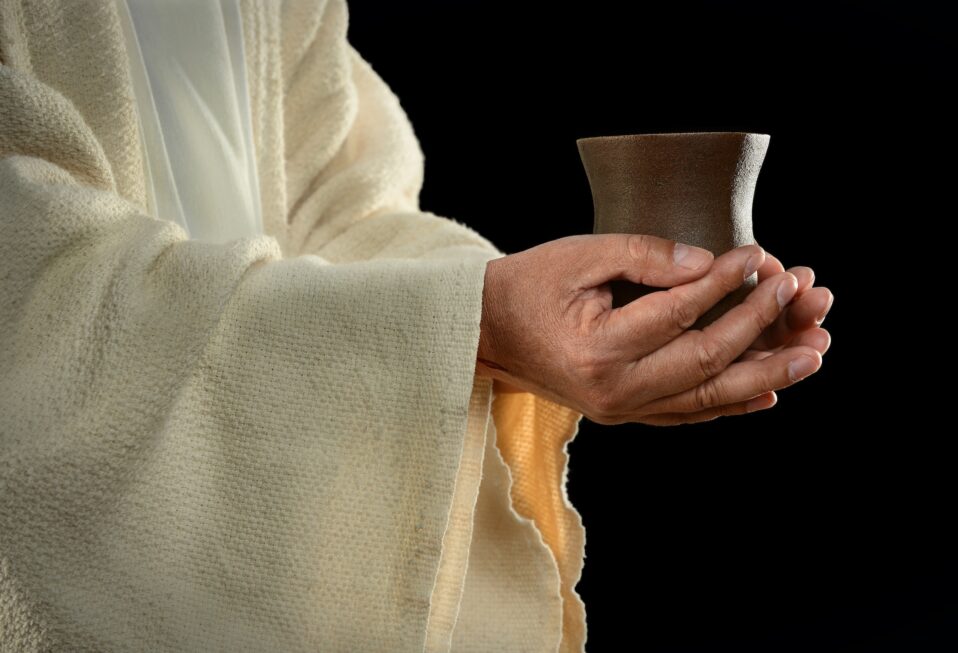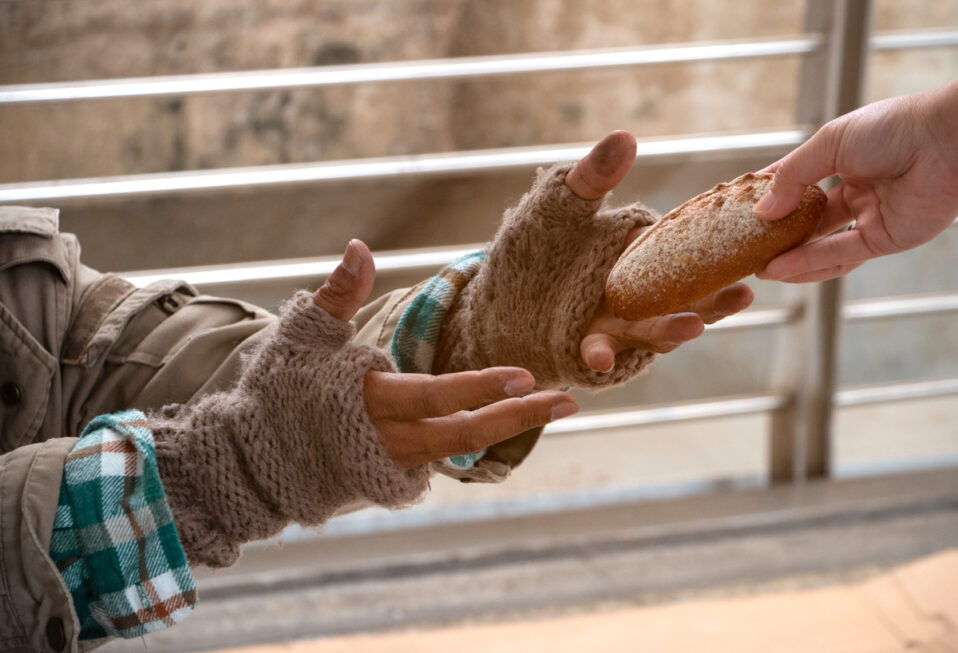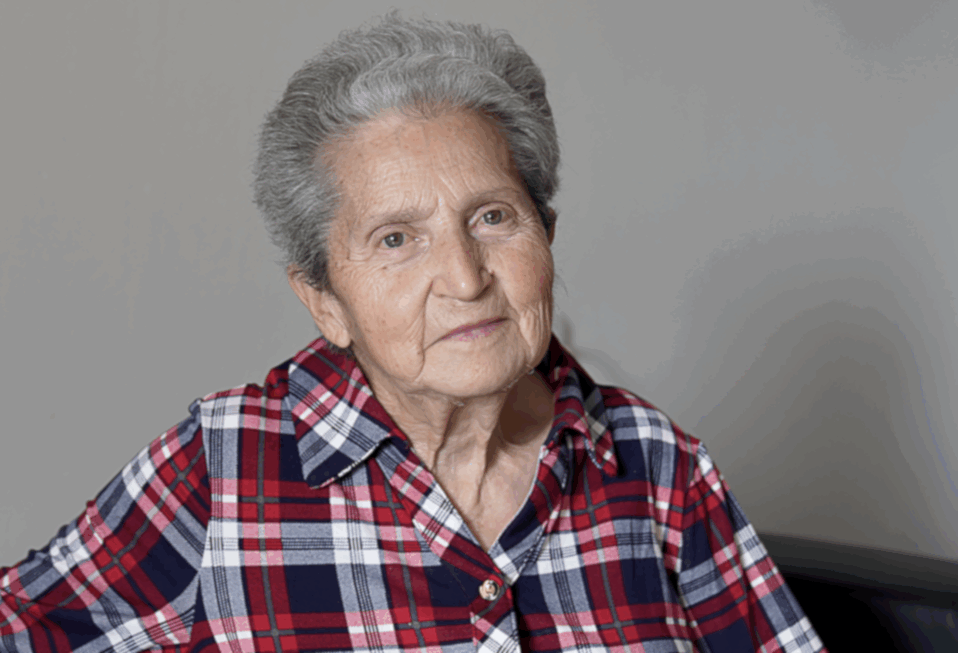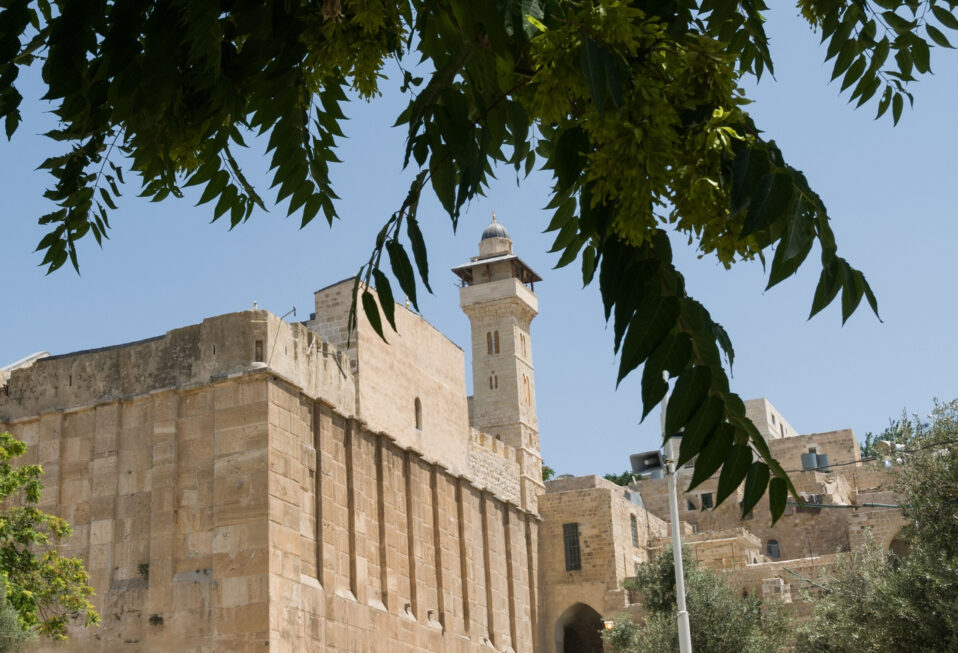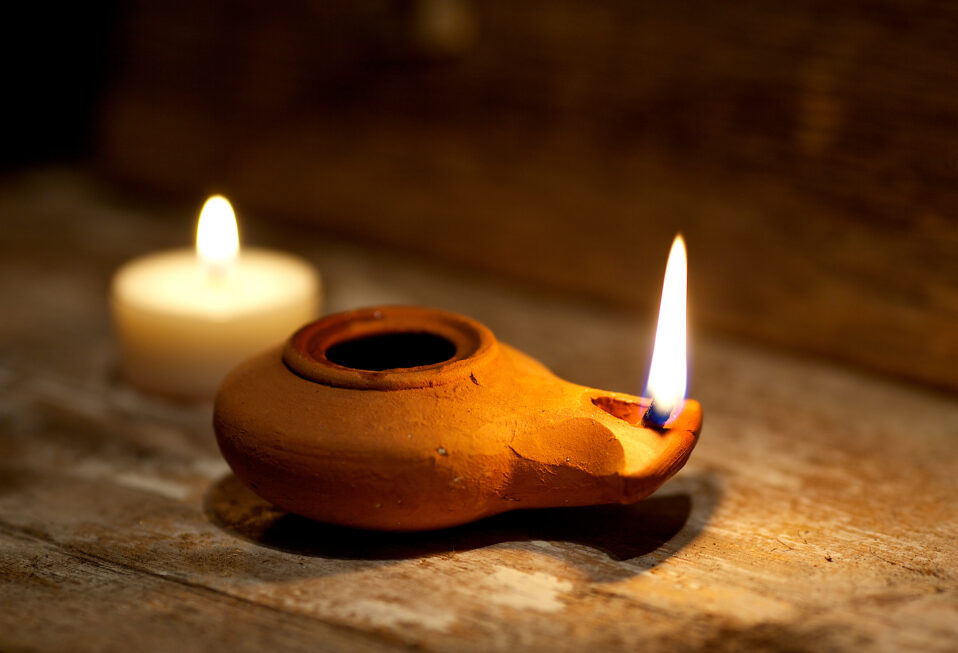By Mark Gerson
Passover is the greatest Jewish holiday, and the Bible tells us exactly what it is: the authentic, biblically ordained Jewish new year, as well as our spring festival. These two concepts merge to remind us that the spring season of rejuvenation and newness is once again upon us.
This year’s Passover Seder will be celebrated on March 27, and we should take time to discover the opportunities that are open to us spiritually and the opportunities we have to improve the world. The Haggadah—the greatest hits of Jewish thought—exists to guide us through that divine journey.
The Haggadah brings together the most important ideas in the Torah, our holy Scripture, into one short book to be used by people at the Passover Seder. It’s the greatest guidebook—in how it is at once fascinating, practical, actionable, and profound—ever written. Derived from the Torah and subsequent Jewish learning experience, it contains the secret to enabling us to live happier, better, and more meaningful lives in the year to come.
Consequently, the great Jewish holiday of Passover and the Haggadah are ready to help everyone in the decisions, challenges, opportunities, and relationships that define our lives. Just some of the topics raised include miracles, mission, music, good and evil, the effect that actions have on character (and vice versa), humility (properly and improperly understood!), Zionism, our relationship with God, parenthood, education, and much more.
These questions are, of course, not only questions for and about Jews. We ask them each year at Seder—and have found that our Seders are always deeply enhanced, enlivened, and enriched when Gentiles are present. This is true for two main reasons, and it has a biblical provenance.
First, the Passover Seder is based on Exodus 12 and 13. We are reliving and retelling the story of the Exodus, using the last meal in Egypt (which takes place in Exodus 12 and 13) as its focal point. The last meal in Egypt was attended by Jews and by the “mixed multitudes”—Gentiles. When Jews and Christians celebrate the Seder together, we are reenacting the biblical experience more faithfully.
The second reason was exemplified by an event I did last night with a synagogue in Maryland for the book I just published about the Haggadah called The Telling. One of the attendees said that one of his most memorable Seder moments that really got him and the guests thinking was when another guest asked: Why isn’t Moses in the Haggadah? The guest who noticed Moses’ absence and asked that question—which is one of the most fundamental questions of the evening, leading to one of the great life lessons from the Seder—was a Gentile. Of course! I said. It is the Gentile who is likely to come to the Seder with a fresh perspective, new insights, great enthusiasm, and deep appreciation. These characteristics are likely to manifest in the observation or the insight that the Jewish host or attendee, who has attended Seders every year for his entire life, will be talking about years later.
There is another awesome benefit of Jews and Christians attending Seders together. The last meal in Egypt is the moment when we Jews transitioned from being a fractured family into a coherent people. And we do so in accordance with a law in the Exodus text outlining that there shall be no leftovers from the Seder meal.
The Bible tells us that if a household is too small to consume a lamb by itself, it must invite another household. And given that both modern science and ancient history confirm that 15 to 20 people were needed to consume a lamb, the proto-Seder effectively required that households join. Thus, the Jewish people were created in an act of giving and sharing, in the spirit of hospitality that was so magnificently defined in Genesis 18.
Today, we are all living through world-historic times in at least one way. There’s a beautiful Jewish-Christian friendship that has sprouted, grown, and blossomed in the past 40 years. In the book of Numbers, the Gentile seer Balaam issues a curse that the Jews will be a people who “dwells alone.” That curse has been lifted. We are no longer a people who dwells alone.
There are now tens of millions of Christians—and growing, and quite possibly many more—who love the Jewish people, the Jewish religion, the Jewish state, and of course the shared sacred text which we call the Torah and Christians call the Old Testament. I am deeply gratified to have been able to experience this friendship firsthand, as I have spoken with many Christian groups about my book and the biblical texts upon which it is based—and, each time, have seen such interest and felt commensurate love, respect and interest in all things Jewish.
This blessed phenomenon is, in one sense, entirely new; people in any generation past would not have been able to even imagine the breadth, depth, and always-growing characteristic of this friendship. But it has biblical provenance. Abraham, Rebecca, Moses, and Joshua each had a beloved Gentile friend and guide—Melchizedek, Eliezer, Jethro, and Caleb—who enabled them to be better Jews and more effective servants of God.
This friendship is now, in our time, being renewed! The Seder provides the perfect opportunity to be the focal point for this great friendship. It can and should be the night when we come together to celebrate biblical freedom and to learn the ever-present life lessons from our great shared text of the Exodus—and to deepen and strengthen this great friendship that will have implications that perhaps only our descendants will more fully understand.
Mark Gerson, a devoted Jew, is an entrepreneur and philanthropist who (along with his wife, Rabbi Erica Gerson) is perhaps the world’s largest individual supporter of Christian medical missions. He is the co-founder of African Mission Healthcare (AMH) and the author of a book on the Haggadah: The Telling: How Judaism’s Essential Book Reveals the Meaning of Life.
Website: therabbishusband.com
Twitter: @markgerson
Podcast: The Rabbi’s Husband



